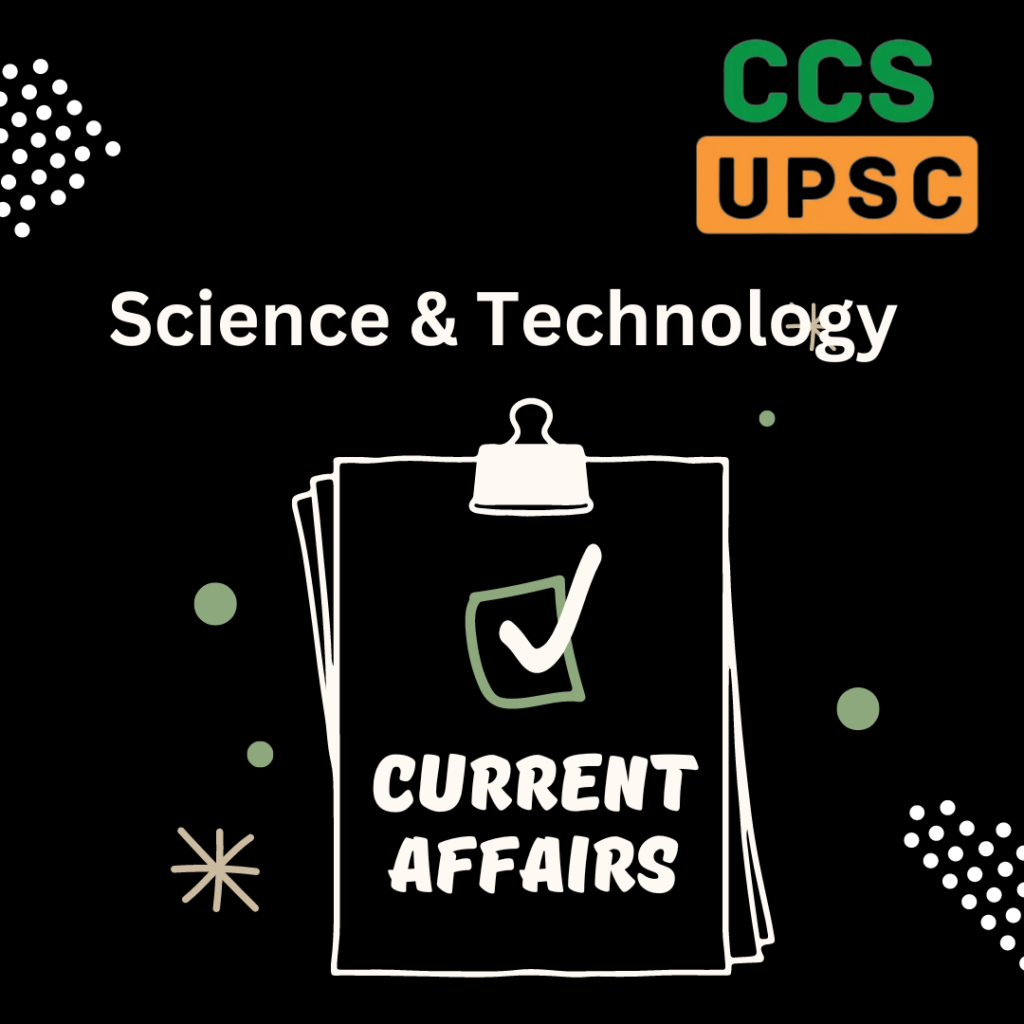Context:
The government acceding to the protesting farmers demand for a legal guarantee of MSP)is somewhat limited given India is under pressure on its farm subsidies at the WTO.
About:
∙ The Cairns Group – comprising Australia, Brazil and Canada among others members — have claimed that India’s public stockholding (PSH) programme is highly subsidised and the farm support that India gives is “distorting” global food prices and “hurting” food security of other countries.
WTOs Agreement on Agriculture (AoA)
∙ It was designed to remove trade barriers and to encourage transparent market access and integration of global markets.
∙ AoA stands on 3 pillars:
1. Domestic Support: Subsidies such as guaranteed minimum price or input subsidies which are direct and specific to a product.
This can be divided into:
1. Green Box: Subsidies which are not or least market distorting. It includes measures such as income-support payments, safety-net programs, payments under environmental programs and agricultural research and development subsidies.
2. Blue Box: These production-limiting subsidies cover payments based on acreage, yield or number of livestock in a base year. The government is given the room to fix ‘targets price’ if the ‘market prices’ are lower than the farm prices.
3. Amber Box: Those are trade distorting subsidies which need to be curbed. These reduction commitments are expressed in terms of a “Total Aggregate Measurement of Support” (Total AMS) which includes all supports.
∙ These supports are subject to limits- “De minimis”. This threshold is generally 5% of the value of agricultural production for developed countries, 10% for most developing countries.
∙ Peace Clause is a product of the Bali Summit, 2013. Article 13 of AoA contains a “due restraint” or “peace clause” which controls the application of other WTO agreements to subsidies.
2. Market Access requires that tariffs, which have been fixed (like custom duties) by individual countries, should be cut progressively to facilitate free trade.
∙ It also encompasses removal of non-tariff barriers (e.g. quotas on import).
3. Export subsidies are limited to four situations:
(i) product-specific reduction commitments within the limits;
(ii) any excess of budgetary outlays for export subsidies;
(iii) export subsidies consistent with the special and differential treatment provision; and
(iv) export subsidies other than those subject to reduction commitments provided that they are in conformity with the anti-circumvention disciplines of Article 10 of the Agreement on Agriculture.
∙ A Special Safeguard Mechanism (SSM) was designed as a safety valve, allowing developing countries to impose additional (temporary) safeguard duties in the event of an abnormal surge in imports or the entry of unusually cheap imports.
Challenges for India at WTO regarding subsidies
∙ Agriculture: India’s extensive agricultural subsidies are often deemed WTO-noncompliant, exceeding allowed limits and distorting global markets.
∙ Examples include minimum support prices, input subsidies, and export subsidies. Developed countries like the US and EU challenge these at the WTO, arguing they harm global farmers.
∙ Industrial subsidies: Some Indian industrial subsidies may also be challenged, particularly those deemed to have specific export promotion or trade-distorting effects.
∙ Examples include the Production Linked Incentive(PLI) scheme for electronic goods.
∙ Developed vs. developing country distinctions: India advocates for fairer treatment based on development levels, arguing that the subsidy rules need to consider the needs of developing countries like India to promote economic growth and support vulnerable sectors.
∙ Complexities of subsidy rules: WTO rules around subsidies are complex and open to interpretation, leading to disputes and protracted litigation.
∙ Negotiation difficulties: Achieving consensus-based solutions at the WTO is often challenging, with developed and developing countries having differing priorities and interests.
∙ Geopolitical dynamics: The broader geopolitical context can influence the willingness of countries to engage constructively in subsidy negotiations.
Ongoing efforts by India:
∙ To attain greater flexibility to offer farm support, India is in the process of pushing for a permanent solution at the upcoming inter-ministerial summit at Abu Dhabi from February 26 to 29.
∙ India is not only pushing for measures to amend the formula to calculate the food subsidy cap but also to include programmes implemented after 2013 under the ambit of ‘Peace Clause’.
Way Ahead:
∙ Addressing subsidy concerns will be crucial for India to participate effectively in the global trading system and ensure a level playing field for its exports.
∙ India needs to actively engage in WTO negotiations, seeking reforms that address its concerns about developed country subsidies while also working towards greater transparency and compliance with its own subsidy obligations.
∙ Exploring alternative frameworks like plurilateral agreements or sectoral negotiations might be needed to find workable solutions.


